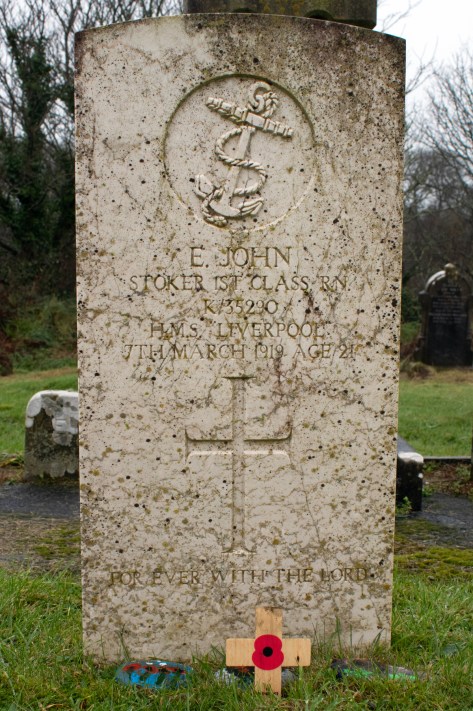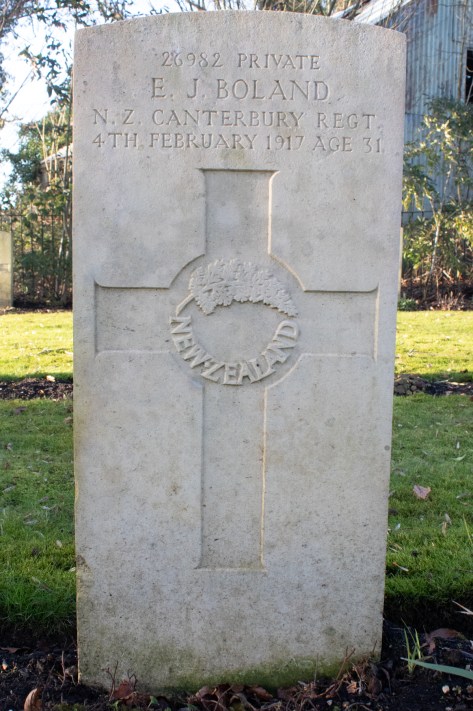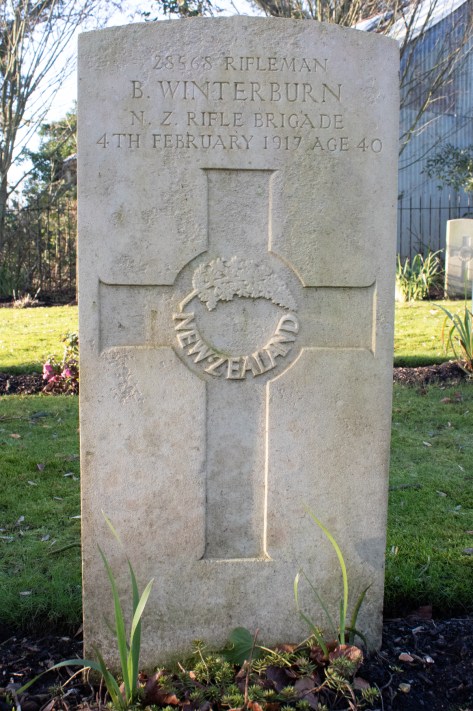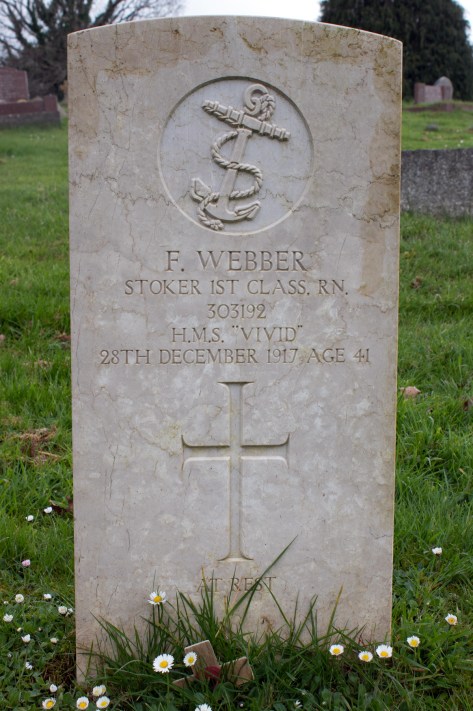
Clarence Albert Carrison was born on 6th June 1896 in Port MacDonnell, South Australia. His early life is a challenge to uncover: his father is noted as being Robert Carrison, while his mother was Mary Jennings. His parents had eleven other children, whose surnames vary between Carrison and Jennings.
Papers confirm that Clarence went to Mount Schank School from 29th July 1902 to 10th November 1904, although his attendance seems to have been a little haphazard. Intriguingly, his parents are not recorded, but Mr H Ulrich, a carpenter, is noted as being his guardian.
When he finished his schooling, Clarence found work as a labourer. War broke out on the other side of the world in the summer of 1914, and he was called upon to play his part. He enlisted in the Australian Imperial Force on 30th June 1917, and, Robert having passed away nine years earlier, he seems to have reverted to his mother’s name, Jennings.
Private Jennings’ service papers outline the young man he had become. He was a little over 5ft 7ins (1.7m) tall, and weighed 168lbs (76.2kg). He was recorded as having brown hair, blue eyes and a medium complexion.
Clarence spent the next three months training. On 30th October 1917, his unit left Australia for Europe, a journey that would take some eight weeks. The voyage was not uneventful for Private Jennings: he spent a night in the ship’s hospital with seasickness, then three weeks back there with mumps. His gratitude to be back on dry land when the HMAT Aeneas docker in Devonport on 27th December is likely to have been palpable.
Private Jennings was marched into camp in Sutton Veny, Wiltshire. Attached to the 33rd Battalion of the Australian Infantry, he moved to the nearby ANZAC base in Codford on 2nd January 1918, and would remain there for the next few months. This was not without its hiccups either, and he went AWOL from midnight on 7th February until 9:30am on 12th February. For this offence, he forfeited thirteen days’ pay.
By the end of that month, Clarence had fallen ill again. He was admitted to the No. 3 New Zealand General Hospital in Codford, suffering from measles and bronchitis. This combination of ailments would prove Private Jennings’ undoing: he passed away on 22nd March 1918, at the age of just 21 years old.
Thousands of miles from home, the body of Clarence Albert Jennings was laid to rest in the newly extended graveyard of St Mary’s Church, Codford.
Interestingly, Clarence’s burial report presents a clean slate to his family. He was noted as being “a keen soldier [whose] conduct was exemplary. He was very popular and his loss is very keenly felt.”




















